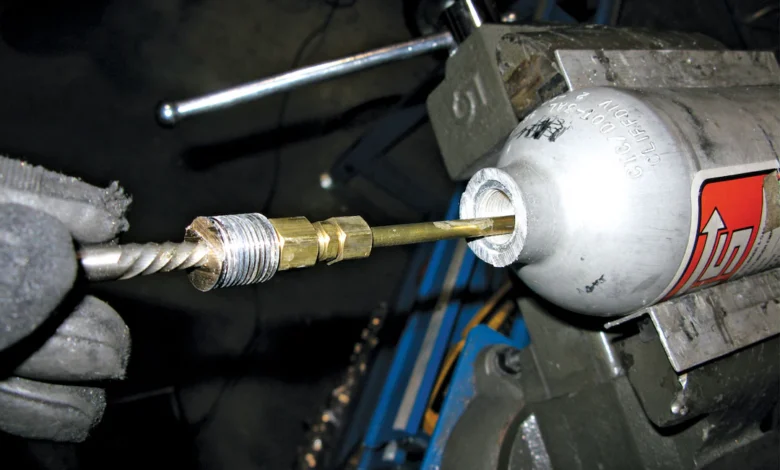Construction principle of Fuel Surge Tank

The fuel surge tank is an important component in the fuel system, mainly used to ensure that the engine can still get a stable fuel supply under high load, high speed or intense driving conditions. Its design principle and construction are to prevent the fuel pump from sucking in air or fuel foam, thereby avoiding engine power shortage or flameout.
Function of Fuel Surge Tank
1. Stabilize fuel supply:
– When the vehicle accelerates, turns or the fuel level in the fuel tank is low, the fuel may slosh in the tank, causing the fuel pump to briefly inhale air. The surge tank can store a certain amount of fuel to ensure that the fuel pump always has fuel supply.
2. Separate air and fuel foam:
– When the fuel is shaken in the tank, it is easy to produce foam. The surge tank can separate air and foam to ensure that only liquid fuel enters the fuel pump.
3. Improve fuel system efficiency:
– By stabilizing the fuel supply, the surge tank can improve the efficiency of the fuel system and reduce engine power fluctuations.
Construction of fuel buffer tank
A fuel buffer tank usually consists of the following parts:
1. Tank body
– Material: usually made of metal (such as aluminum alloy) or high-strength plastic, corrosion-resistant and lightweight.
– Shape: generally cylindrical or rectangular, with partitions or baffles designed inside to separate air and fuel.
2. Fuel inlet: connected to the main fuel line of the fuel tank to deliver fuel to the buffer tank.
3. Fuel outlet: connected to the fuel pump to deliver stable liquid fuel to the engine.
4. Fuel return port: connected to the fuel system’s return line to return excess fuel to the buffer tank.
5. Air separation device: through the internal baffle or filter design, air and fuel foam are separated to ensure that only liquid fuel enters the oil outlet.
6. Liquid level sensor (optional): Some buffer tanks are equipped with a liquid level sensor to monitor the amount of fuel in the tank.
7. Mounting bracket: used to fix the buffer tank on the vehicle chassis or engine compartment.
Working principle of fuel buffer tank
1. Fuel enters the buffer tank: Fuel enters the buffer tank from the fuel tank through the fuel inlet.
2. Air and fuel separation: When the fuel flows in the buffer tank, air and foam are separated by the baffle or filter and rise to the top of the tank.
3. Stable fuel supply: Liquid fuel settles at the bottom of the tank, is sucked in by the fuel pump through the oil outlet and delivered to the engine.
4. Return oil circulation: Excess fuel returns to the buffer tank through the return oil port to ensure that there is always enough fuel in the tank.
Application scenarios of fuel buffer tank
1. High-performance vehicles*: In racing or high-performance vehicles, fuel buffer tanks are standard to ensure stable fuel supply under intense driving conditions.
2. Modified vehicles: In modified vehicles, if the original vehicle fuel system cannot meet the needs of high-power engines, a fuel buffer tank can be installed.
3. Fuel system upgrade: When the fuel system is upgraded (such as replacing a high-flow fuel pump or adding turbocharging), the buffer tank can improve the reliability of the system.
Advantages of fuel surge tank
1. Improve fuel system stability: prevent fuel pump from sucking air, ensure engine runs smoothly.
2. Extend fuel pump life: reduce fuel pump wear caused by sucking air or foam.
3. Adapt to complex driving conditions: provide stable fuel supply during intense driving or when fuel tank oil level is low.
If you are interested in fuel surge tank, please look for OSIAS, we will provide you with professional personnel to answer your questions.




